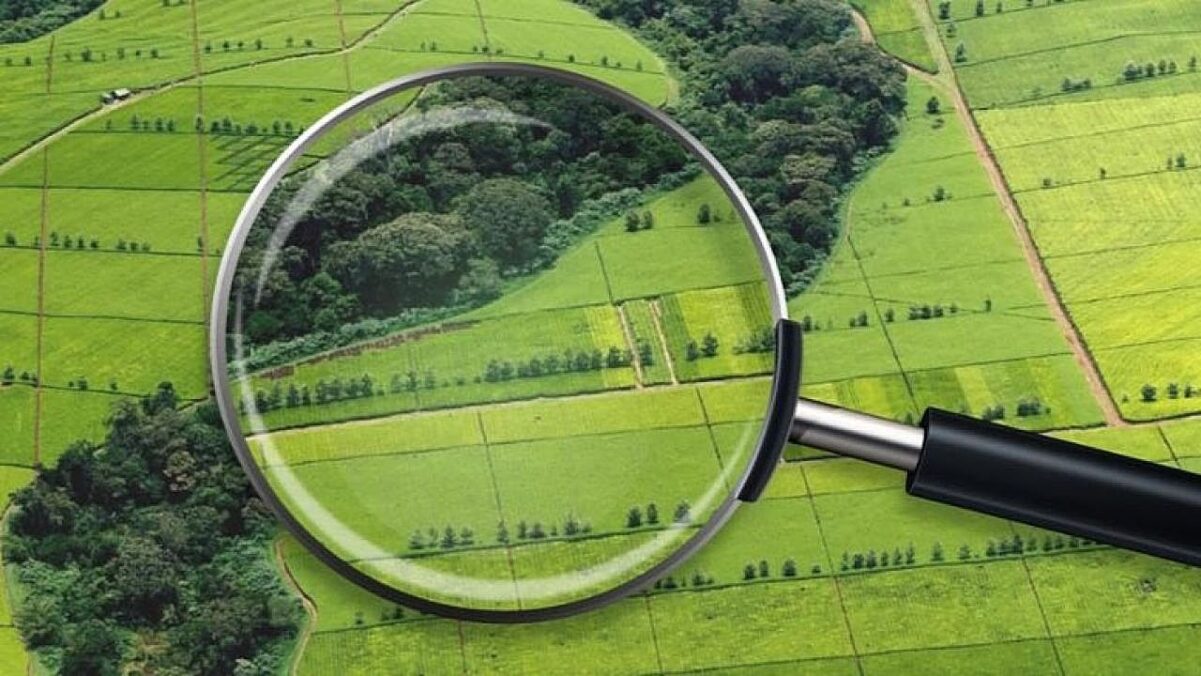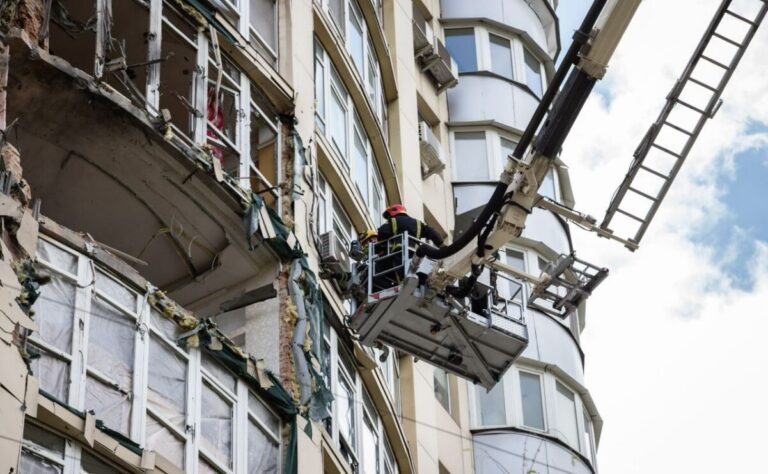
Land Protection in Ukraine: How to Secure Title Against Fraud, Registry Errors, and Contract Risks
Land is protected not by “folders of papers,” but by registry entries, properly drafted contracts, and proactive monitoring. A misspelled name or mismatched boundaries is not a trifle, but a direct path to disputes. Below is a step-by-step guide for owners of shares or plots to minimize risk.
1. Ownership is confirmed in the DRRP, boundaries in the DZK
Start with the basic distinction: the DRRP is the State Register of Proprietary Rights to Real Estate, which records title and encumbrances (mortgage, seizure, lease, servitude, superficies, emphyteusis). The DZK is the State Land Cadastre, which stores the cadastral number, area, boundaries, and land use designation.
- Check yourself in both registers: in the DRRP whether you are listed as the owner and whether any encumbrances exist; in the DZK whether boundaries and area match reality.
- Correct technical errors immediately: a mistake in given name/patronymic or “shifted” boundaries is a reason to act now, not “someday.”
- Keep one rule front and center: “lease right arises at the moment of state registration,” not on the date you sign the papers.
2. Never hand over originals and work only through a vetted notary
Show original documents only to a notary or a state registrar and never leave them with third parties. For preliminary checks, copies or electronic extracts are enough.
Screen your notary: choose a professional with proper credentials and reputation; avoid “intermediaries who promise to fix everything.”
3. Protection from “quiet” re-registrations: owner’s prohibition and monitoring
Two simple preventive tools:
- Owner’s application to prohibit registration actions file it in the DRRP to block any actions with your property without your personal participation. If you are hard to reach or traveling, this is a basic safeguard.
- Change monitoring (“SMS-Mayak” or equivalents) turn on alerts for your asset to receive notifications about submitted applications and status changes in the register. If you see suspicious activity, immediately contact a notary/registrar; if needed, lodge a complaint with the Ministry of Justice and a police report.
4. Contracts that protect you: non-negotiable clauses
For agricultural land, the lease agreement is the main safety instrument. Minimum statutory terms for farmland are at least 7 years, and for irrigated/meliorated land at least 10 years. This is not “nice to have,” it is mandatory.
Your agreement should include:
- Cadastral number, exact area, land use designation, and a boundary plan without this you risk overlaps (“overlays”).
- Ban on sublease without your separate written consent so your share is not “resold” behind your back.
- Cashless payments of rent to minimize room for manipulation “off the books.”
- Soil fertility preservation obligations and owner’s access for inspections with a right to record violations and apply penalties.
- Indexation and a clear payment schedule with liability for delay.
- Acceptance/transfer act records the actual condition of the land at the start so you have a baseline in case of dispute.
Remember the operative rule: “lease right arises at the moment of state registration.” After signing, do not delay filing for DRRP registration; otherwise, third parties can treat your rights as if they do not exist.
Post List
5. Powers of attorney: less is safer
A classic fraud vector is the “general power of attorney” for a long term. To keep control:
- Issue a single-use power of attorney for a specific action with narrow powers and a short validity.
- Ensure the notary records it in the relevant register.
- Revoke the power of attorney immediately after use and notify interested parties, including the lessee.
6. Cadastre and “overlays”: how to detect and fix
Mismatch between the cadastral plan and actual boundaries is a frequent trigger of conflicts.
- Check your plot on the public cadastral map and in the electronic DZK cabinet.
- If boundaries are “shifted” or there is an overlay with a neighbor, order a current geodetic survey from a certified land surveyor and complete the boundary clarification procedure with neighbor consent.
- After updating geodata, refresh entries in the DZK and, if necessary, amend your contracts.
7. Suspect raiding or erroneous entries: response plan
Have a plan ready:
- Record the facts: order an information extract from the DRRP, take screenshots of monitoring events, prepare written notes.
- Owner’s prohibition on registration actions block further steps.
- File a complaint with the Ministry of Justice against unlawful registration actions request cancellation of the registrar’s decision; the anti-raiding board can review.
- File a lawsuit in parallel, requesting interim measures (a ban on registration actions) to secure the claim.
- Report to the police if you see signs of a crime (forgery, fraud, interference with registries).
8. Typical schemes and how to shut them down early
- Forgery/abuse of a power of attorney: mitigate with single-use PoAs, short terms, prompt revocation, and monitoring of the asset.
- Double lease or “sublease without the owner’s knowledge”: insert a sublease ban, check the DRRP before signing, and enable alerts.
- Deals on “copies” and drafts: never hand over originals; sign only the final version of the agreement with all requisites.
- Cadastral “overlays”: prevention via a current survey, boundary clarification, and timely DZK updates.
9. Owner’s quick checklist
- Update an extract from the DRRP and verify encumbrances.
- File an owner’s prohibition on registration actions and enable change monitoring.
- Check cadastral data and clarify boundaries if needed.
- Work only via a vetted notary and issue single-use powers of attorney.
- For leases, observe minimum terms of 7/10 years, include a sublease ban, and require cashless payments.
- Apply and enforce the rule: “lease right arises at the moment of state registration.”
Land is an asset protected by procedures. Your best allies are the registers (DRRP and DZK), contract discipline, monitoring, and timely legal action. Do the minimum now: block registration actions without your participation, enable alerts, and review contracts and boundaries. This is not “excessive formalism,” but the standard of care that separates secure ownership from unnecessary risk.
Glossary
- DRRP – State Register of Proprietary Rights to Real Estate: records ownership and encumbrances (prohibitions, mortgage, lease, servitude, superficies, emphyteusis).
- DZK – State Land Cadastre: stores the cadastral number, boundaries, area, and land use designation.
- Encumbrance – any restriction on disposal: seizure, mortgage, lease, etc.
- Servitude – a right of limited use of another’s plot (e.g., passage/access).
- Superficies – a right to build on another’s land.
- Emphyteusis – a long-term right to use another’s agricultural land for cultivation.
- Sublease – a lessee’s transfer of use to a third party under a separate agreement.















